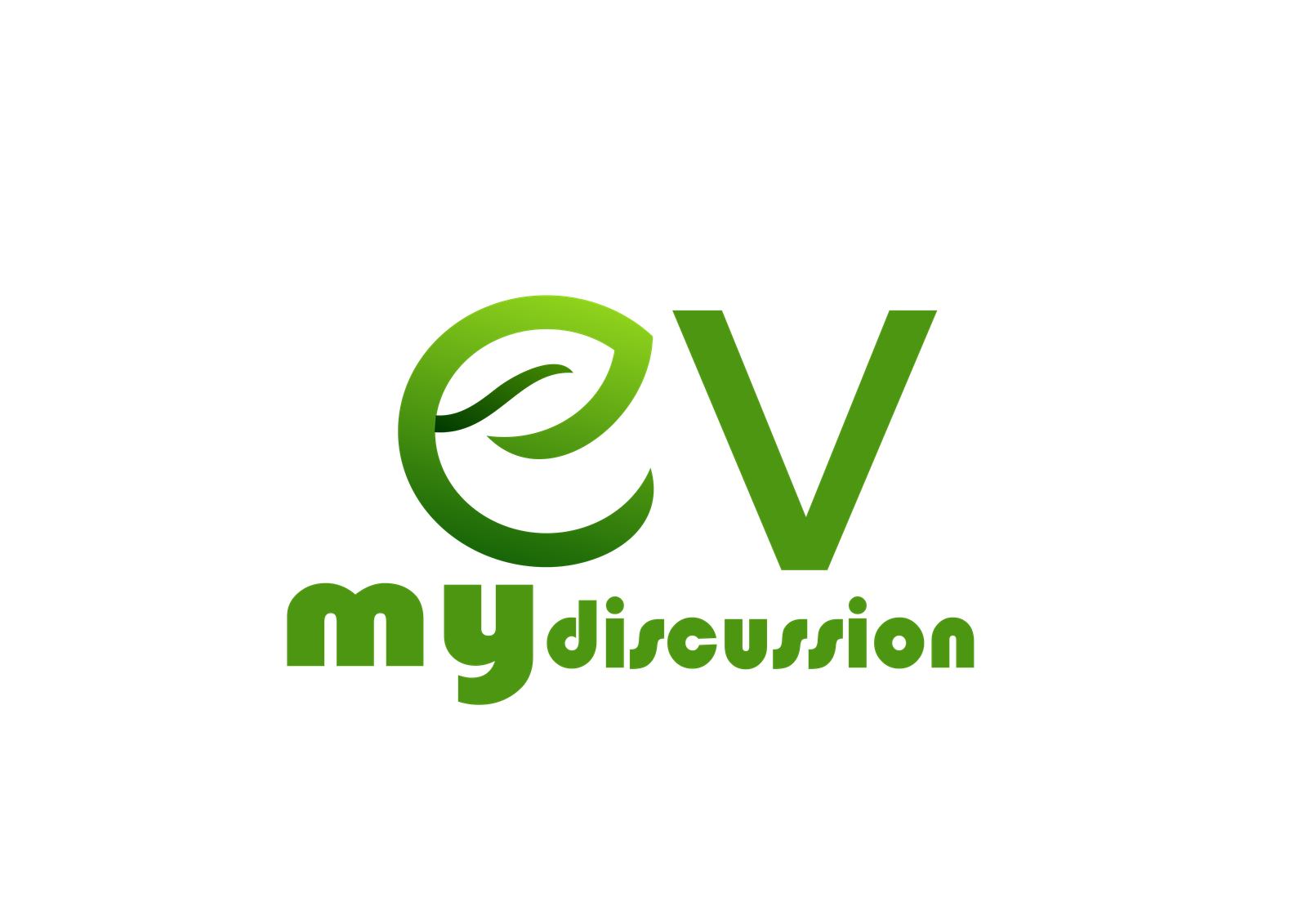2025 Mazda CX‑70 PHEV versus the 3.3L Inline‑6 Turbo mild-hybrid:
Pros
Cons

Pros
Cons
 CX‑70 PHEV
CX‑70 PHEV
- Powertrain: 2.5 L naturally aspirated inline‑4 + electric motor
- Combined Output: 323 hp and 369 lb‑ft torque
- Battery: 17.8 kWh, delivering ~26 mile (42 km) electric range
- Fuel Efficiency: EPA-rated 56 MPGe combined; observed ~25 mpg gasoline after electric use
- Towing Capacity: up to 3,500 lb
- Price: $54,400–$57,450 MSRP (PHEV Premium to Premium Plus)
Pros
- EV-only driving (~26 mi) for daily errands → lower fuel costs, quieter, emission benefits
- Eligible for federal/state incentives and home-charger support
Cons
- Higher purchase price
- More complex drivetrain → potentially costlier maintenance
- EV range limits long-distance pure-electric travel

 CX‑70 Inline‑6 Turbo (M‑Hybrid)
CX‑70 Inline‑6 Turbo (M‑Hybrid)
- Powertrain: 3.3 L turbocharged inline‑6 with 48‑V mild-hybrid
- Output: ~280 hp on regular fuel or up to 340 hp with premium
- Fuel Efficiency: ~8.4 L/100 km (≈28 mpg) highway combined
- Towing Capacity: up to ~5,000 lb (Canada spec)
- Price: Starts around $40,445 for base hybrid trim up to $55,950+ for top-tier
Pros
- Exceptional responsiveness and torque; more engaging to drive
- Simpler, traditional powertrain → potentially cheaper repairs
- No charging necessary; always ready for long trips
Cons
- Higher fuel consumption, especially in city
- No pure-electric mode → more CO₂ emissions
 Which One Is Right for You?
Which One Is Right for You?
| Scenario | Best Match |
|---|---|
| Mostly short trips with available charging, aiming to save on fuel/cut emissions | PHEV |
| Enjoy spirited driving, long highway trips, no desire to plug in | Inline‑6 |
